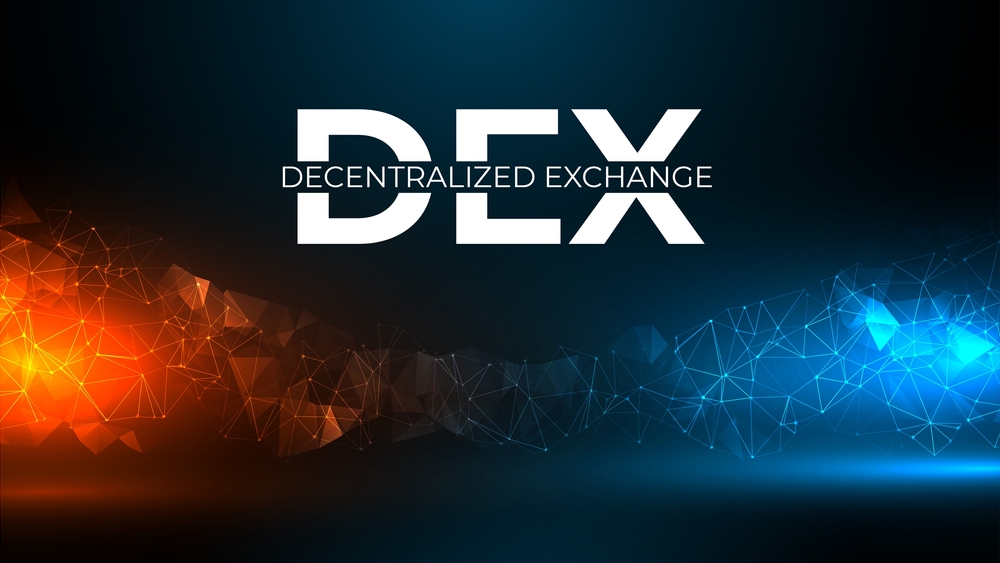A review of Coingecko data reveals GRAIL’s massive growth in February. Although Camelot launched recently on Arbitrum Network as a decentralized exchange (DEX), its trading volume accelerated to higher heights. In particular, the GRAIL price rallied over 500% since February 1.
Camelot Accelerated Trading Volume
Camelot has portrayed immense growth since its inaugural introduction in 2022 on the Arbitrum Network. Camelot native token Grail rallies in February, after launching on Arbitrium network. Its accelerated growth is evident, with the daily trading volume shooting 369% since February 1.
By February 14, the daily trading volume tested $30.5 million before retreating to $18 million on Friday. At press time, Camelot’s daily trading volume is $14.2 million representing a 31% decline in the past 24 hours. Camelot’s liquidity decreased by 1.5% to $62.995 million.
GRAIL Skyrocketing Price
Coingecko data shows the native token of Camelot DEX, GRAIL, replicates the accelerated growth, with its price skyrocketing by 520% to exchange hands at $2833.47. Today’s outlook on the market performance shows that Camelot Token’s price has declined by 4%, translating to the liquidity of $6.822 million.
GRAIL-USDC is the lead pair ahead of ETH-USDC, with a liquidity of $13.9 million and a daily volume of $5.699 million. Its seven-day volume is $64 million, while its fee-to-liquidity gained by 97%.
Blockchain-based analyst Nansen observed that Camelot is attracting an expanding user base with daily growth exceeding 120%. The Camelot milestone coincides with a similar growth of Arbitrum to becoming the leader in Ethereum layer 2 scalings.
Arbitrum Transaction Volume Triumphs Over Ethereum Network
Nansen observes that Arbitrum realizes similar growth to rank the fourth largest blockchain relative to its total value locked (TVL). Additionally, its transaction volume triumphs over those in Ethereum’s primary network. The TROVE launch drives the increment observed in transaction volume and users.
TROVE involves the governance token that bears yield for the Arbitrove index protocol. The token public sale began on February 17 and is scheduled to end on February 20 at 14:00 UTC.
Camelot DEX tokenomics features two tokens with GRAIL as the dominant token. Also, it involves xGRAIL as a nontransferable governance token to incentivize users to improve the protocol’s liquidity. Also, xGRAIL is nontransferable to create the basis to enhance the long-term well-being of the Camelot ecosystem. Camelot mirrors the dual token model utilized by GMX into becoming the leading decentralized finance (DeFI) exchange.
Camelot spokesperson confirmed redistributing the swap fees to existing xGRAIL holders. The earnings are also utilized in purchasing and burning GRAIL. Its accomplishment helps sustain a constant supply-demand balance to sustain pressure on the native token. Camelot confirmed GRAIL bond market went live on February 17, where both tokenomics were discounted.
Scrutiny of the total value locked within the Camelot’s ecosystem showed the increased value of cryptos as activity grew. A lead contributor to the protocol indicated that TVL is beaming to the seams. The revelation is affirmed by DeFi-based TVL aggregator DeFiLlama with the value of the crypto increasing by 276% to realize $62.71 million on February 16.
The deputy head of digital asset strategies at Fundstrat Global Advisors, Walter Teng, revealed that Arbitrum lacks a dominant DEX. The absence of a dominant DEX within the Arbitrum tasks the market to seek a velodrome equivalent.
Camelot Set to Break GMX Dominance on Arbitrum
GMX is the dominant project on the Arbitrum network. GMX has a large portfolio of financial derivatives whose TVL is approximately $505 million. DeFiLlama data review showed that the scale makes it 790% larger than Camelot. A recent review by Nansen revealed that GMX facilitated monthly transactions that exceeded Camelot’s by 356%.
Detailed analysis of Nansen data revealed great recovery by Camelot. In particular, GMX’s user base increased by 15% while the transactions completed rose by 22%. A similar assessment of Camelot’s performance shows that its users rose by 242%, with transactions increasing by 384%.
Teng observed that Arbitrum developers are noncommittal on airdrop and token plans. Nonetheless, the increased activity witnessed on Arbitrum portrays users’ optimism about earning airdrop.
Teng considered that users anticipate leveraging the on-chain activity to boost their chances of receiving airdrop in future.
